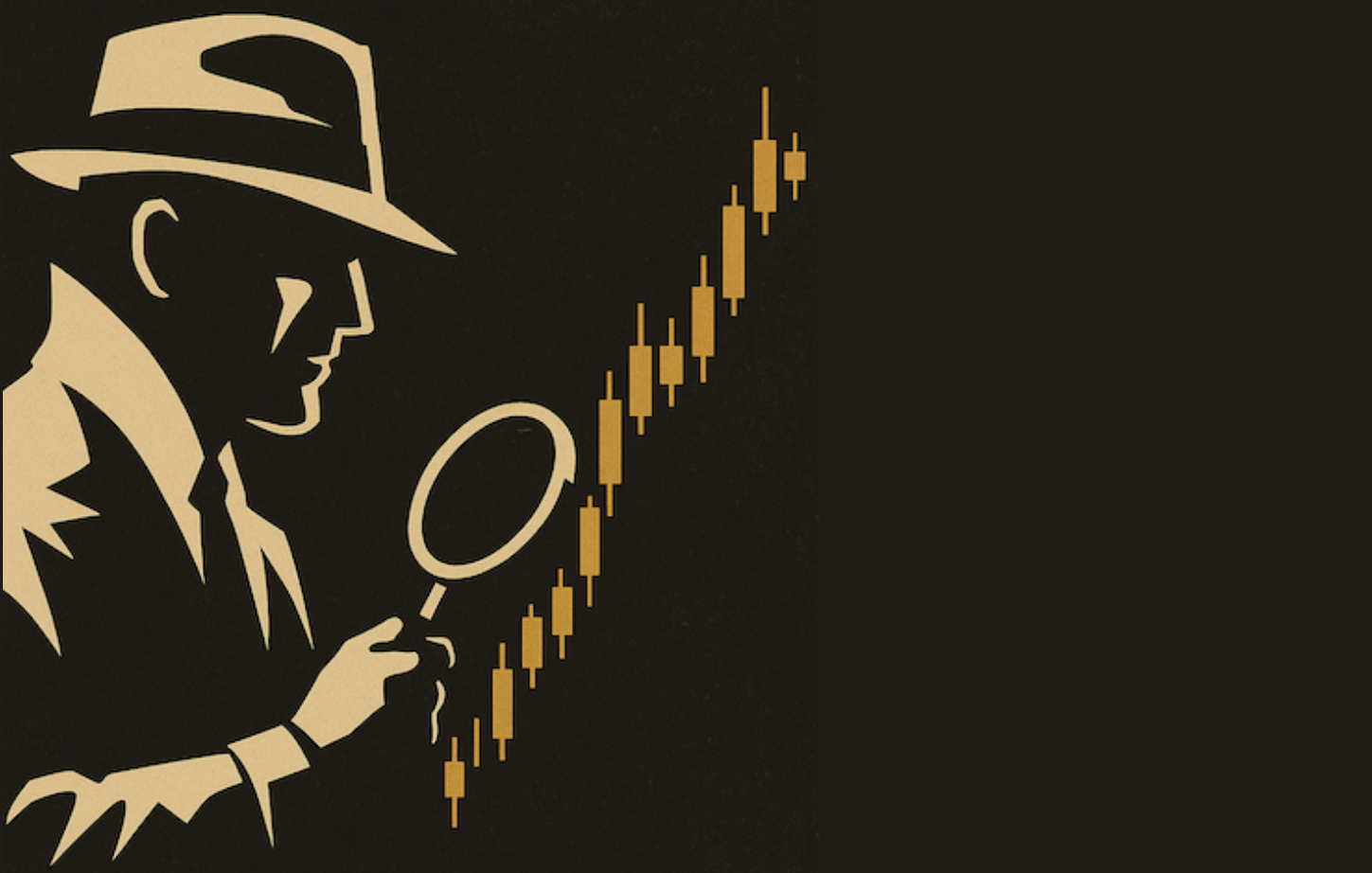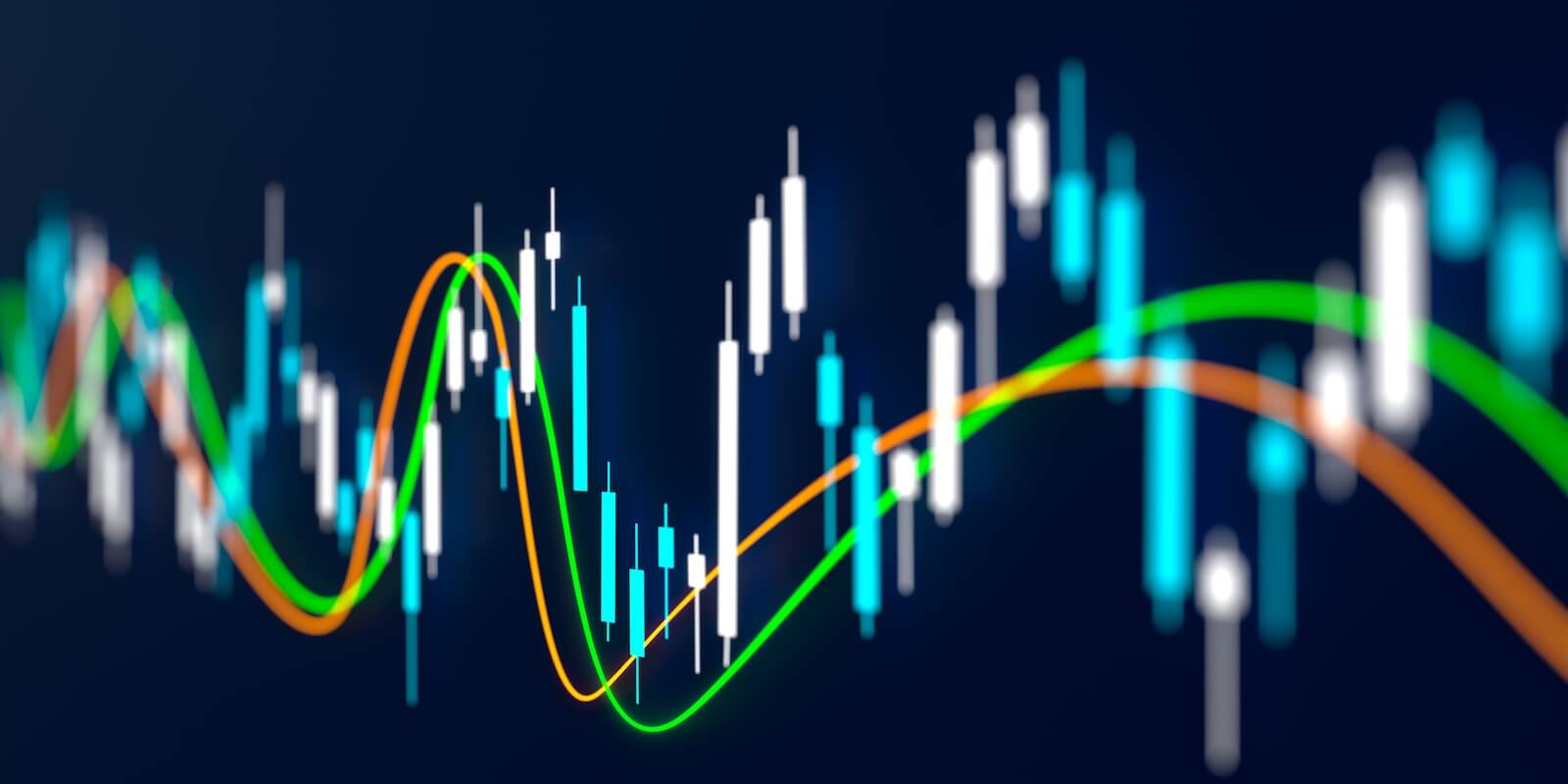FED INACTION BOOSTS BONDS AND SAFE HAVEN ASSETS WHILE HURTING STOCKS -- WITH SHORT-TERM BOUNCE ENDING, A RETEST OF SUMMER LOW APPEARS LIKELY BETWEEN NOW AND OCTOBER -- THAT WILL HELP DETERMINE IF THIS IS A CORRECTION OR BEAR
FED DECISION TO LEAVE RATES ALONE SHAKES MARKETS ... I'm not sure what the Fed said on Thursday that got everyone upset. It acknowledged weakness in foreign markets (like China) and low inflation. We already knew about plunging Chinese stocks and weak commodity prices. Even so, markets took a decidedly negative turn on the Fed inaction. Global stocks sold off sharply as bond yields plunged (see Chart 1). Money moved out of stocks and into safe haven bonds and gold. Gold is a non-yielding asset that benefits from low rates. A sharp drop in the dollar on Thursday also helped gold. Bond proxies like utilities and REITS gained ground, while banks and insurers sold off sharply. Banks had been rallying on hopes for higher rates, and got hit hard by the plunge in bond yields. Economically-sensitive commodities like copper and oil also fell sharply along with their related stocks. Foreign stocks also fell. All in all, a bad week for risk assets. Which brings us back to the bigger question of whether the August price plunge was a normal correction or something more serious. A bounce off that low was expected, but has now run its course. A retest of the summer low was also expected between September and October. It appears that's where the market is now headed.

(click to view a live version of this chart)
Chart 1
SHORT-TERM BOUNCE IS OVER ... The "rising wedge" pattern in Chart 2 strongly suggests that the short-term rebound in the S&P 500 has ended. A "rising wedge" is identified by two rising trendlines that also converge. A break of the lower line would confirm that the bounce has ended. The volume pattern (below chart) confirms that negative view. Volume was light during the price rebound, before turning higher on Thursday and Friday as prices fell. Although some of Friday's volume can be attributed to the expiration of futures and options, it was still the third heaviest trading day of the year. That suggests a lot of selling. It also suggests that a retest of the August low is likely.

(click to view a live version of this chart)
Chart 2
WHAT'S THE DIFFERENCE BETWEEN A CORRECTION AND A BEAR... My September 2 message addressed the question about whether the market is in a normal correction or something more serious. We'll find out soon enough. I've leaned toward the correction view (a drop of 10-15%), but a lot of longer-term indicators suggest a more serious decline (20% or more). The only way we'll know for sure is whether or not previous support levels hold. The daily bars in Chart 3 put the recent stock rebound in better perspective. Thursday's downside reversal day in the S&P 500 took place just shy of the 62% retracement line. (The Dow bounce ended closer to the 50% line). Those are normal spots for a counter-trend bounce to end. The SPX also fell short of its 50-day average. The 50-day also remains below the 200-day line which is a negative sign. The normal expectation is for a retest of the August low which means a loss of -12% from its May high. A drop to more important support at last October's low near 1820 would constitute a loss of -15% from its May high which is still correction territory. But that low has to hold if this is just a correction. The month of October is also very important. My August 26 message studied three previous downturns in 1987, 1998, and 2011. All required a retest of the first low before turning back up again. And all three bottoms took place during October. All we can say with some degree of confidence at this point is that prices are probably headed lower in the weeks ahead, most likely into October. How much lower will depend on whether or not previous lows hold. In the meantime, a very cautious stance is still warranted.

(click to view a live version of this chart)
Chart 3
LONG-TERM UPTREND IS STILL INTACT... The weekly bars in Chart 4 are an updated version of a chart shown in my September 2 message. The steeper trendline starting in 2011 has been broken. That signalled that the four-year rally has ended. The current correction could retest last October's low at 1820 (flat line). We may be on track for that to happen. The lower trendline drawn under the 2009/2011 lows, however, is still intact. A retest of that support line near 1700 would represent an SPX loss of -20%. That would qualify as a bear market, but with the longer-term upturn intact. It would also leave prices above the 2007 peak near 1576. It's also encouraging that the 14-week RSI line (top of chart) is nearing oversold territory near 30 for the first time in four years. Speaking of bear markets, it's important to distinguish between different types of bears. In a "secular" bear market (between 2000 and 2009), bear markets can lose as much as 50% (and they did). In a secular uptrend (which I believe we're in), a "cyclical" bear market is much shallower. So even if this does turn into a bear (-20 to -25%), I think it would be a "cyclical" versus a "secular" bear.

(click to view a live version of this chart)
Chart 4
FOREIGN STOCKS ARE ALSO TESTING IMPORTANT SUPPORT LINES... Ms. Yellen has good reason to be concerned about weakness in foreign markets, and emerging markets in particular. They've been the biggest losers among global stock markets. Since May 1, emerging markets have lost -20% versus -10% for foreign developed markets and -6% for the U.S. What happens there does effect what happens here. And those foreign markets are testing important support levels of their own. The weekly bars in Chart 5 show Emerging Markets iShares (EEM) testing important support at its 2011 low. That's a very important test for it and the rest of the world. Chart 6 shows EAFE iShares (EFA) testing trendline support drawn under its 2009/2011 lows. That's also an important test. Their weekly RSI lines (top of charts) are in oversold territory. But that won't be much comfort if their support levels don't hold. That would give Ms. Yellen and the Fed a lot more to worry about.

(click to view a live version of this chart)
Chart 5












